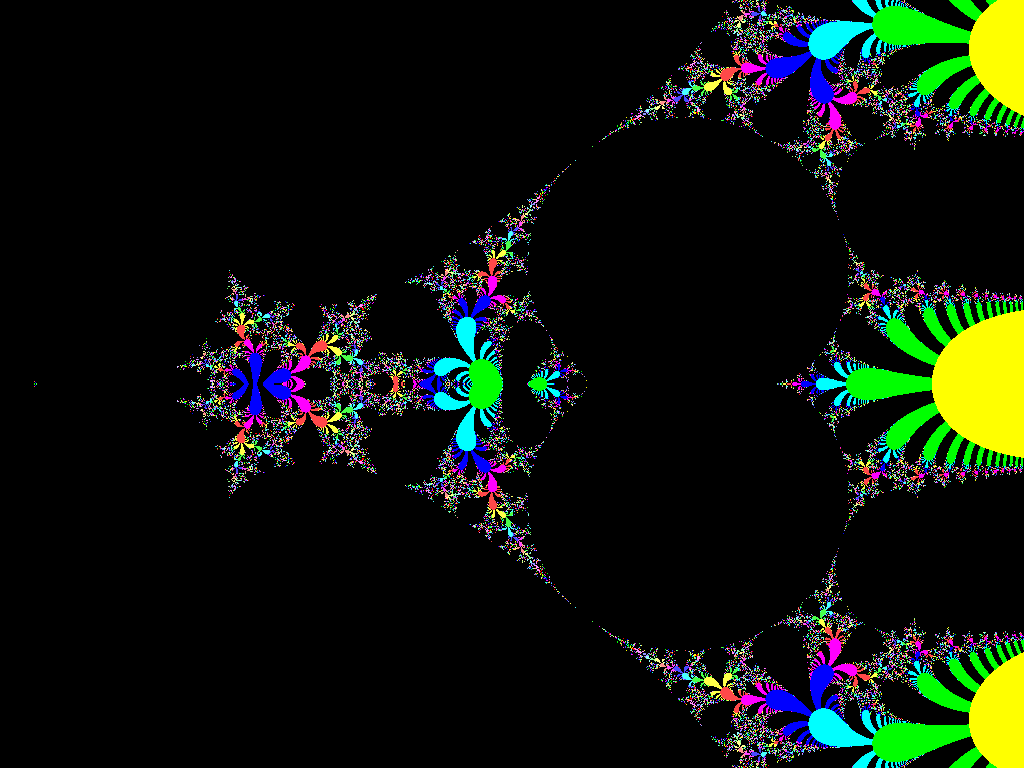Some tetration you got there

f ( x ; n ) = number of x ’s = n x x . . x
A positive integer
n
is randomly chosen between 1 and 10000 inclusive for the function described above.
If p denotes the probability that x → 0 lim f ( x ; n ) = 1 , what is the value of ⌊ 1 0 0 0 p ⌋ ?
The answer is 500.
This section requires Javascript.
You are seeing this because something didn't load right. We suggest you, (a) try
refreshing the page, (b) enabling javascript if it is disabled on your browser and,
finally, (c)
loading the
non-javascript version of this page
. We're sorry about the hassle.
2 solutions
what's your proof that lim x → 0 f ( x ; n ) is 0 if it's odd and 1 if it's even?
I think that lim x → 0 f ( x ; n ) is 0 when n = 1, otherwise it is 1. Here's my proof:
it's a no brainer that lim x → 0 f ( x ; 1 ) = 0
you've already proved that lim x → 0 f ( x ; 2 ) = 1
now if you go beyond 2, then the expression is still 1, since we know that lim x → 0 f ( x ; 3 ) = x x x and x x = 1 a n d 1 x = 1
s u b s t i t u t e x x w i t h 1 a n d y o u g e t lim x → 0 f ( x ; 3 ) = 1 x = 1
therefore p = 1 0 , 0 0 0 9 , 9 9 9 t h e r e f o r e 1 0 0 0 p = 9 9 9 . 9
Log in to reply
You're using the power function wrongly. You substitute it as such: ( x x ) x = x ( x 2 ) , which is wrong. For example, 2 3 3 = 2 2 7 = 1 3 4 2 1 7 7 2 8 is correct, while 2 3 3 = ( 2 3 ) 3 = 8 3 = 5 1 2 is wrong.
Log in to reply
ah, I see, so that's why my answer is wrong. thanks for clearing that up
It is not hard to see that the given limit is 1 for even n and 0 for odd n . So p is simply the probability of selecting an even number from 1 , 2 , . . . , 1 0 0 0 0 , which is 0 . 5 . So the answer to the question is 5 0 0 .
It's trivial that x → 0 lim f ( x ; 1 ) = 0 , apply L'hopital rule in the following limit
y = x → 0 lim f ( x ; 2 ) ⇒ ln y = x → 0 lim x ln x = x → 0 lim 1 / x ln x = x → 0 lim − 1 / x 2 1 / x = x → 0 lim − x = 0 ⇒ y = e 0 = 1 , it's obvious that the left limit and right limit are equal so the limit is defined.
I claim that x → 0 lim f ( x ; n ) yields 0 and 1 for odd and even positive integers respectively.
For odd numbers, prove by Mathematical Induction, we have the basic step which is mentioned above.
Inductive step: let k be a positive odd number such that
x → 0 lim f ( x ; k ) = 0 is true
Then k + 2 is the smallest positive odd number bigger than k , denote M as such
M = x → 0 lim f ( x ; k + 2 ) = x → 0 lim x x f ( x ; k ) = x → 0 lim x x 0 = 0 which is also true. Thus for all positive odd numbers M , x → 0 lim f ( x ; M ) = 0
By using an analogous argument, we have for all positive even numbers N , x → 0 lim f ( x ; N ) = 1
Because there's the same number of odd numbers and even numbers in the range of 1 to 1 0 0 0 0 inclusive. p = 2 1 ⇒ ⌊ 1 0 0 0 p ⌋ = 5 0 0